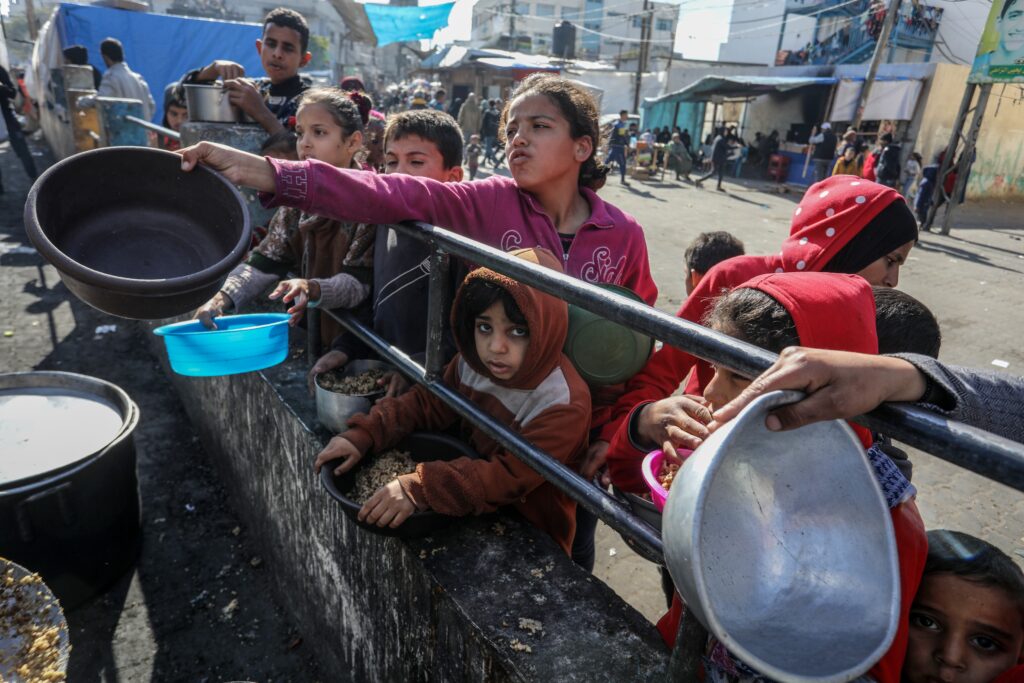A ceasefire between Israel and Hamas took effect on Sunday, marking the start of a six-week period of calm. Celebrations erupted in Gaza as displaced Palestinians began their journey back to their homes, despite the truce being delayed by nearly three hours due to last-minute issues from Hamas.
The agreement, reached after extensive mediation by the U.S., Qatar, and Egypt, offers hope for hostages’ release and reduced conflict. Israel announced the names of the first hostages returning home in exchange for Palestinian prisoners.
Life Resumes Amid Fragile Peace
Displaced families packed up and prepared to return to their devastated homes. In southern Gaza, Majida Abu Jarad and her family, displaced seven times during the conflict, readied to reunite with relatives in the north.
The truce, Israel’s second in 15 months, includes a phased approach to easing tensions. The first phase focuses on releasing hostages and Palestinian prisoners while facilitating humanitarian aid into Gaza.
Prime Minister Netanyahu emphasized the temporary nature of the ceasefire, warning that Israel retains the right to resume fighting.
Rebuilding Gaza Faces Monumental Challenges
Over 46,000 Palestinians have died, and infrastructure in Gaza lies in ruins. An estimated €17.9 billion is needed to rebuild, according to a joint report by the EU, UN, and World Bank.
As aid trucks lined up at the Rafah border, the ceasefire’s later phases aim for hostages’ release, Israeli troop withdrawal, and a Gaza reconstruction plan.
Despite the ceasefire, Gaza faces a long road to recovery, with ongoing questions about its political and economic future.


